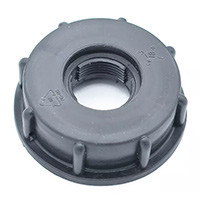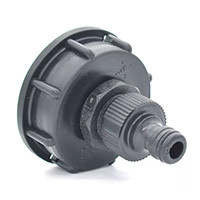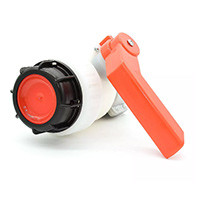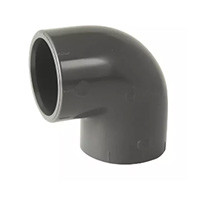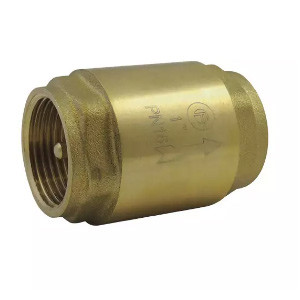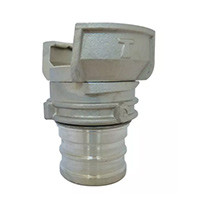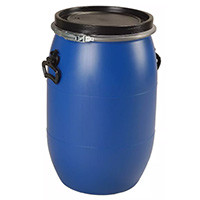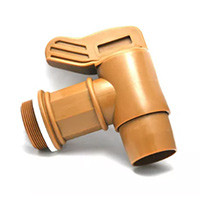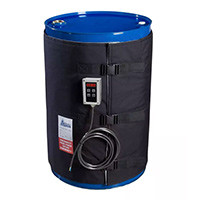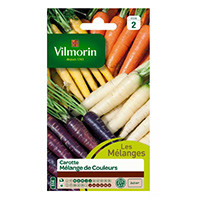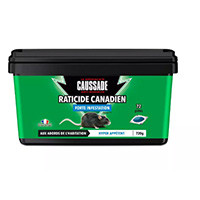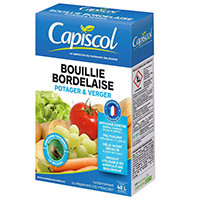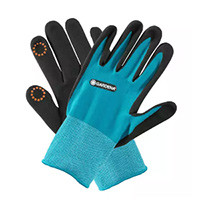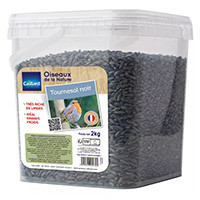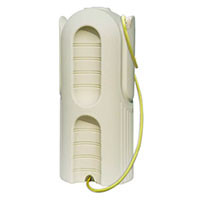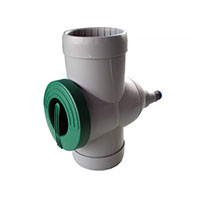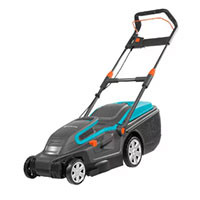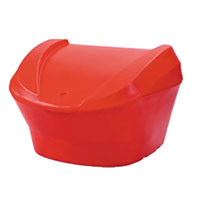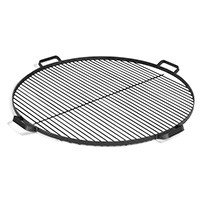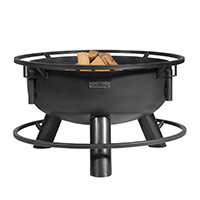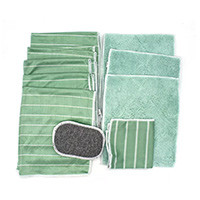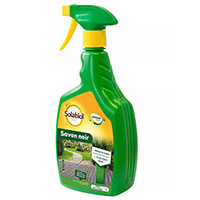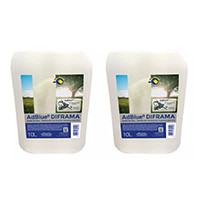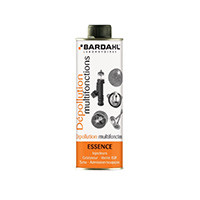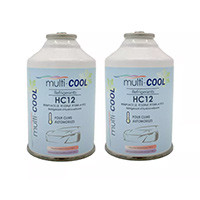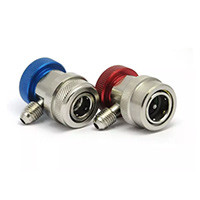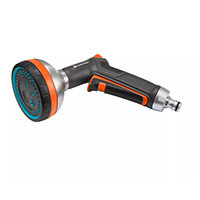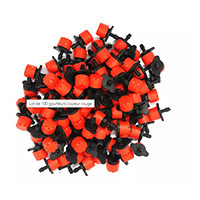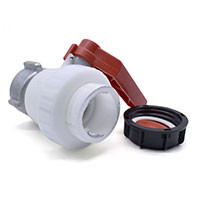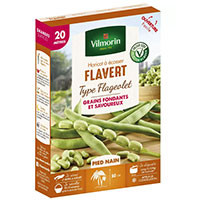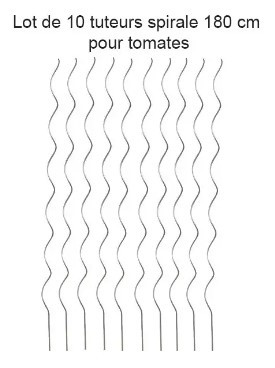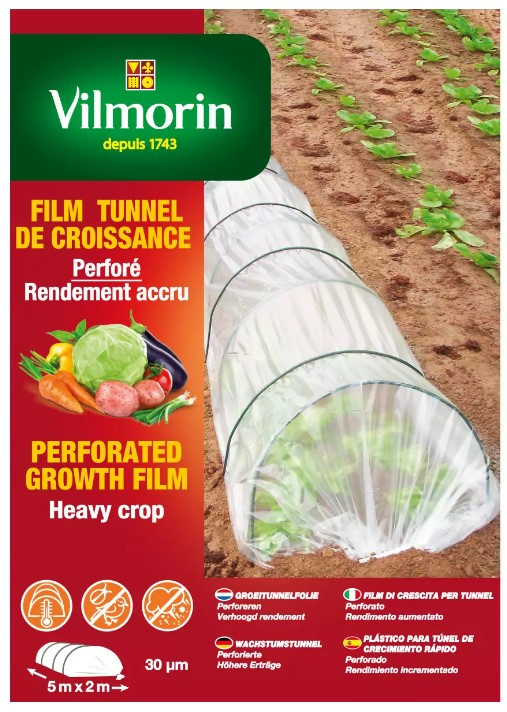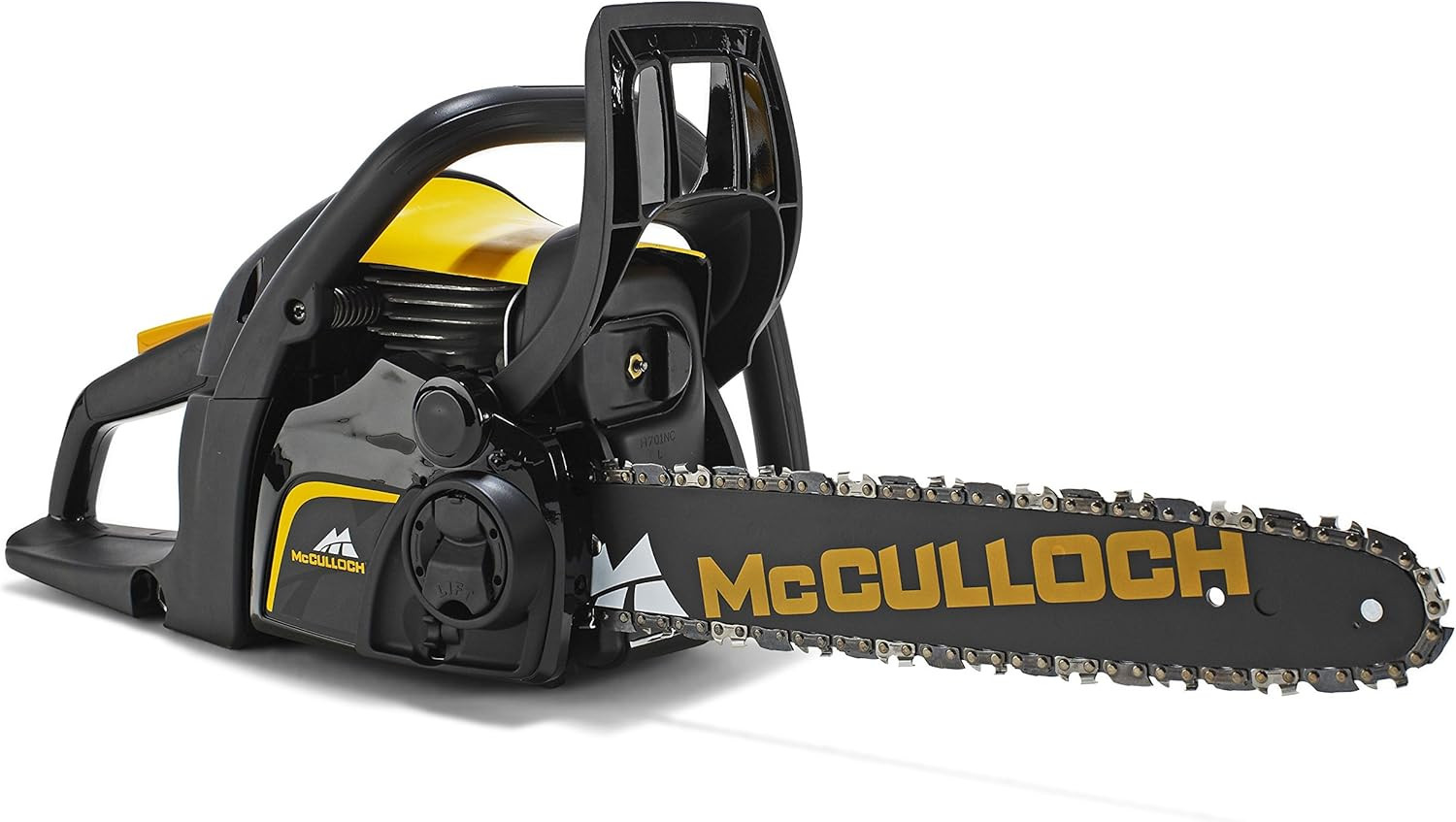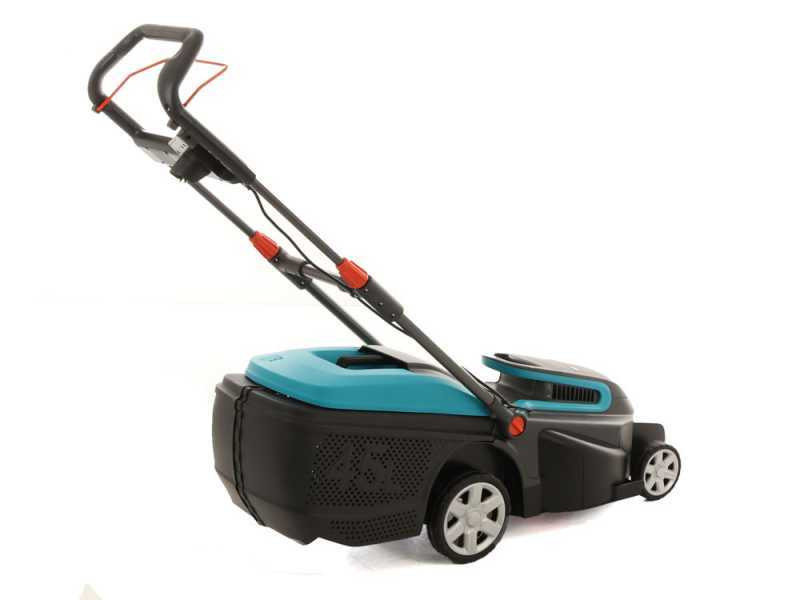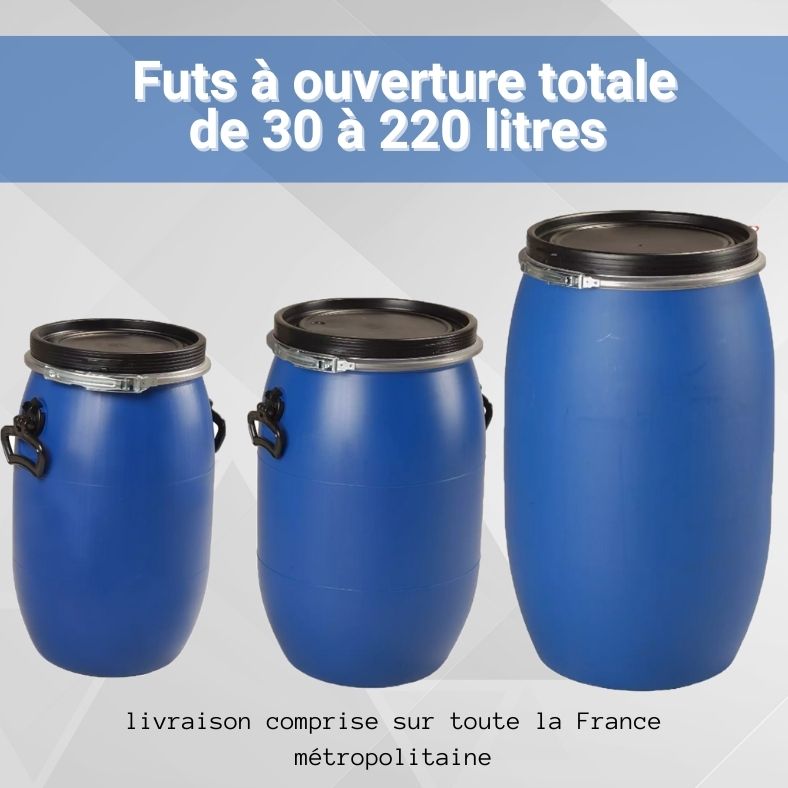Everything you need to know about cold asphalt
Are you planning to build an alley in your garden and are hesitant about choosing the pavement? Find out everything you need to know about cold asphalt, a mixture of gravel, sand and bitumen that has the advantage of being both permeable and extremely resistant.
Coated... What exactly are we talking about?
Also known as "oil concrete" or "oil coating," asphalt is a coating used to cover or maintain roads and road roads. If it has the distinction of being very resistant, it is because it is composed of gravel, sand and a hydrocarbon binder like bitumen, applied in one or more layers by compaction.
Compared to tar,which consists of spreading only a layer of tar, the coating makes it possible to achieve much more durable developments: where a tar driveway has a lifespan of 3 to 10 years, a asphalt driveway can last 10 to 20 years provided it is well maintained.
What are the different types of coatings?
There are several types of coatings. In reality, as many coatings as there are manufacturing techniques.
These coatings include:
- The emulsiongrave, a material that is obtained by cold mixing aggregates, water and a bitumen emulsion. Its advantages? Be rather simple to use and have a low impact on the environment. Generally, it is applied in thickness ofat least 5 cm,either to harden or to strengthen the body lanes, especially those that have to withstand the regular passage of heavy goods vehicles;
- The hot asphalt,which consists of aggregates and bitumen. Unlike cold manufacturing methods, the application of hot coating is done when it is at a temperature of 180oC. Composed of a large part of bitumen (which makes it a very robust material), it is the coating that mostly makes up the upper layers of the roads;
- The colorful coating,more used by individuals. Consisting of gravel, sand and bitumen, it is adorned with different shades of red, orange, beige or even blue... According to the desires of those who use it to develop their garden;
- Draining coating, obtainedfrom a mixture of aggregates, air vacuum (at least 20%) bitumen, usually used to cover fast lanes. The reason for this use is simple: this material to flush rainwater, it guarantees better safety to users by limiting the risk of accidents;
- The cold-coated,the one we're interested in here. Also known as "red asphalt" it consists of aggregates, sand and a good proportion of binder. Depending on the binder used, it is more or less environmentally friendly, some cold-coated using a vegetable flow as a binder. It does not require high heat when it is set up, but is often used to repair private roads or driveways, or to cover sidewalks.
In what situation should a cold coat be placed?
During very cold winters, the pavement of a road can be damaged. What's the problem? Successive frost and thaw events, which can cause cracks, crevices and other potholes.
To scale up the road and make it more easily passable, nothing better than waiting for spring (it is estimated that below 10oC, a cold coating cannot be laid) and fill the holes. Cold asphalt is the most commonly used material for road renovations or repairs.
Moreover, it is also very suitable for finishes in individuals... The important thing is to use it instead to cover small areas,and what is more in thin layers.
Why choose cold asphalt for my exterior?
In addition to being extremely resistant, cold asphalt has the advantage of being less expensive than hot coating. In fact, it's even the cheapest material among all those to fill the holes in a coating!
Beyond its attractiveprice, it is also easy to ask as it does not require the material that requires the kneading of a hot coating.
Finally, the cold coating is distinguished from other coatings by its environmental impact. Unlike other coatings, this material does not emit CO2 or greenhouse gases at the time of implementation... Better yet, it can even be obtained from a honey-coloured plant binder instead of the classic oil binder.
What precautions can be taken to make a cold coating?
Be careful if you put a cold coating: the latter should not be in contact with your skin or your eyes! The best thing is toput on gloves and a construction outfit before you start. This way, you will be assured not to put yourself in danger.
Find our products dedicated to road maintenance and especially the cold asphalt on multitanks.com

